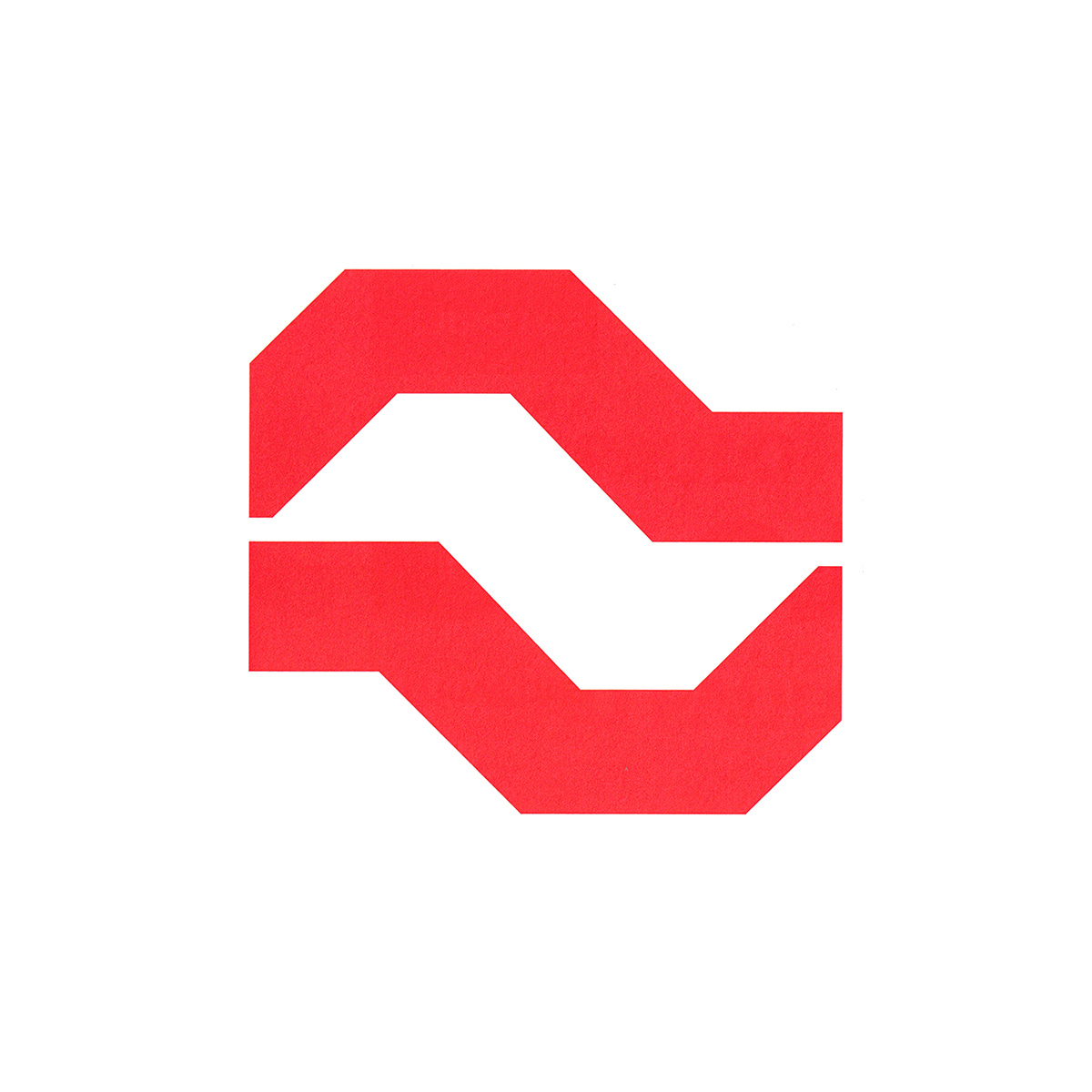Drawing hands
Alexandre Wollner's 1986 logo for São Paulo Petróleo.
This post is supported by LogoArchive – The home of historical logos. Discover over 5000 of history’s greatest designs from the world’s finest designers. Updated every single day. Always find the logo inspiration you need for your next logo or branding project. Start here.
Brazil’s Companhia São Paulo Distribuidora de Derivados de Petróleo was incorporated in 1961 in the city of São Paulo. It was formed with the intention of purchasing, selling and distributing petroleum derivatives. However, due to the oil crisis of the 1970s, and the economic impact that rolled into the 1980s, domestic oil production in Brazil was supplied only about 17% of demand, the was being fulfilled by imports. This created a competitive landscape of foreign-owned brands. Reducing imports was critical to managing rising oil prices.
In order to better compete with these brands Companhia São Paulo Distribuidora de Derivados de Petróleo, later become São Paulo Petróleo, sought to consolidate and formalise its image. In 1986 renowned Brazilian designer Alexandre Wollner was given this task.
The objectives included making the corporation’s identity more flexible and adaptive to technological and cultural development; to convey a more defined ‘national character’; improve overall communications; reflect the corporation’s quality standards; and make its image more ‘compatible’ with the international markets.



